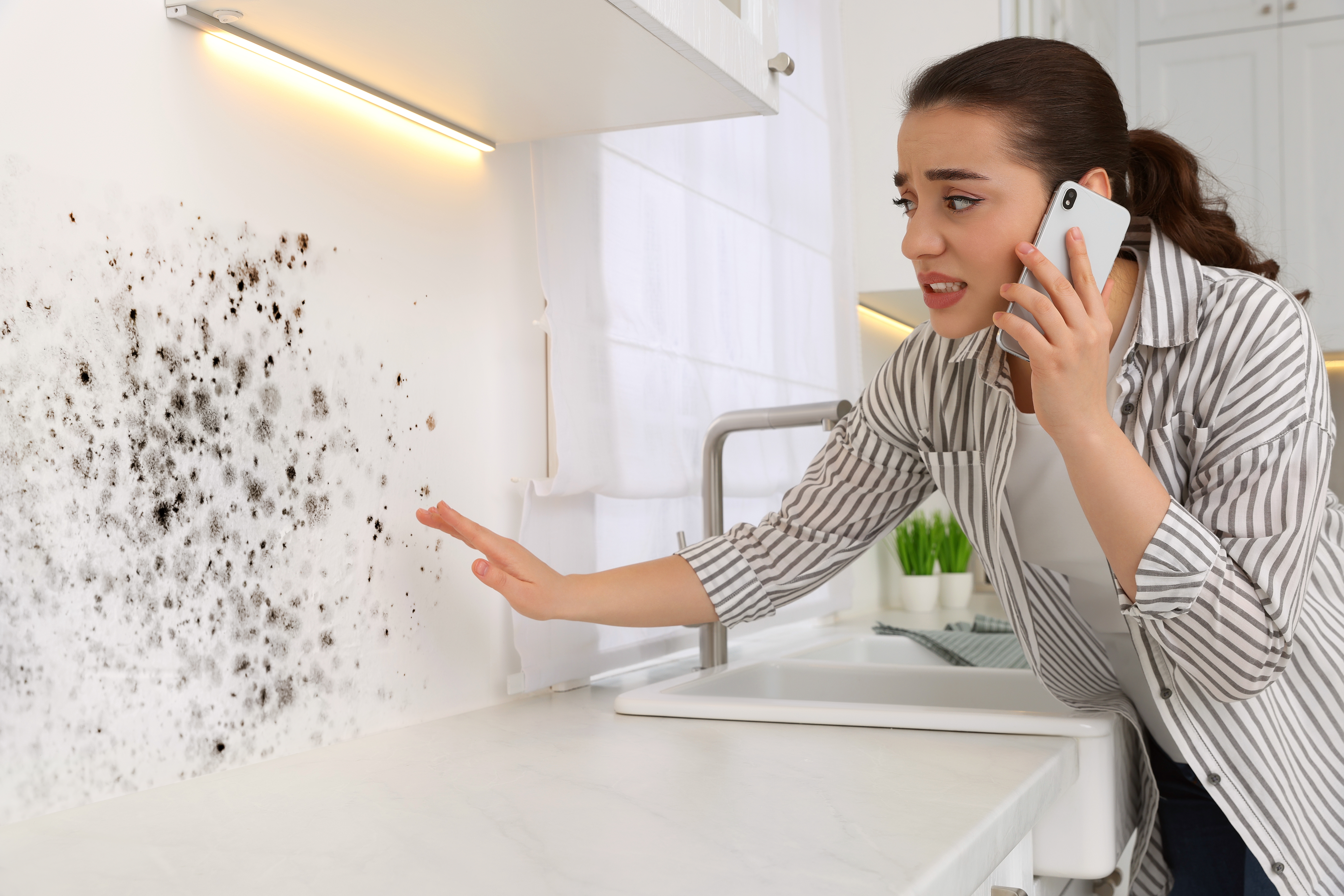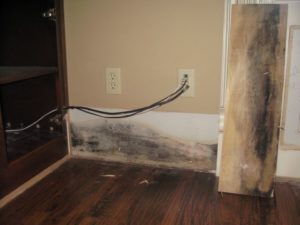Mold growth is a big problem in buildings. It affects the air we breathe and our health. The US EPA says mold can cause health issues, from mild allergies to serious breathing problems.
To tackle mold, we need to know the mold remediation steps. First, find out why mold grew. Then, check how bad it is.
Key Takeaways
- Mold remediation involves a series of steps to identify, assess, and clean up mold growth.
- The US EPA and Health Canada guidelines emphasize the need for a thorough assessment.
- Identifying the source of moisture is key to solving mold problems.
- Mold remediation keeps our indoor spaces healthy.
- A detailed check shows how much mold there is and what steps to take.
Mold Assessment and Contamination Evaluation in Tulsa, OK
The first step in dealing with mold is a detailed inspection. This helps find where mold is growing and how bad it is. It’s key to figuring out how to fix the problem.
Signs of Mold Growth in Tulsa
Look for mold by checking for stains, discoloration, and a musty smell. Health Canada says a visual check is best. The National Institutes of Health also stress the need to look behind walls and above ceiling tiles.
Here are some signs you might see:
- Water stains or discoloration on surfaces
- Musty or moldy odors
- Visible mold colonies on walls, ceilings, or floors
- Warping or buckling of flooring or walls
A pro mold removal process starts with finding the moisture source. This is vital for a good fix plan. It tackles the mold you see and the hidden causes.
By following the right steps and doing a thorough check, you can tackle the mold problem. This helps prevent it from coming back.
What is the Protocol for Mold Remediation in Tulsa, OK?
Effective mold remediation follows a detailed protocol. It ensures mold is safely removed and spores are minimized. This is key to preventing health risks and keeping the environment safe.
Personal Protective Equipment
Before starting mold cleanup, it’s important to use personal protective equipment (PPE). Health Canada says PPE includes safety glasses, N95 respirators, and gloves. The National Institutes of Health also stress the need for PPE to avoid exposure.
Using PPE is a vital part of the mold remediation process. It keeps those involved safe from mold spores’ harmful effects.
- Safety glasses to protect the eyes from mold spores
- N95 respirators to filter out mold spores from the air
- Gloves to prevent skin contact with mold
Isolating the affected area and disposing of moldy materials are also key steps. This thorough approach makes sure mold is removed and stops it from growing back.
The Tulsa mold remediation procedure includes several important steps:
- Assessment of the contaminated area
- Isolation of the affected area to prevent cross-contamination
- Removal of moldy materials
- Cleanup and disinfection of the area
- Verification that the area is free from mold
Post-Remediation Verification and Prevention
Effective mold remediation methods include a thorough verification process after remediation. This step is key to ensure the mold is gone and the area is safe.
After mold removal, it’s vital to check if the area is dry and free of moisture. The US EPA and Health Canada say drying and dehumidifying are essential to stop mold from coming back. They recommend using professional equipment to dry the area well and keeping humidity between 30-50%.
Keeping the area dry is important to stop mold from growing back. The National Institutes of Health stress the need for good air flow, mainly in wet areas like bathrooms and basements. It’s also important to find and fix any water leaks or condensation quickly.
Preventing Future Mold Growth
To stop mold from growing again, several steps can be taken:
- Ensure good ventilation in all areas, specially those prone to moisture.
- Regularly inspect for and address any water leaks or condensation.
- Use a dehumidifier to maintain a relative humidity level between 30-50%.
- Clean and dry any water-damaged materials within 24-48 hours.
Conclusion
Effective mold remediation needs strict mold abatement standards. The National Institutes of Health and Health Canada set these guidelines. They stress the need for a detailed assessment, proper cleanup, and prevention.
By sticking to the mold remediation protocol, people can tackle mold problems well and safely. This means checking the contamination, planning the cleanup, and making sure it’s done right.
Following mold abatement standards is key to stopping mold from coming back. It helps keep our Tulsa homes safe and healthy. By knowing and using these standards, we can avoid mold risks and keep our indoor spaces safe.
Need Mold Removed in Your Tulsa Home?
Call Reset Restoration today for emergency mold remediation services in the Tulsa, OK area!




